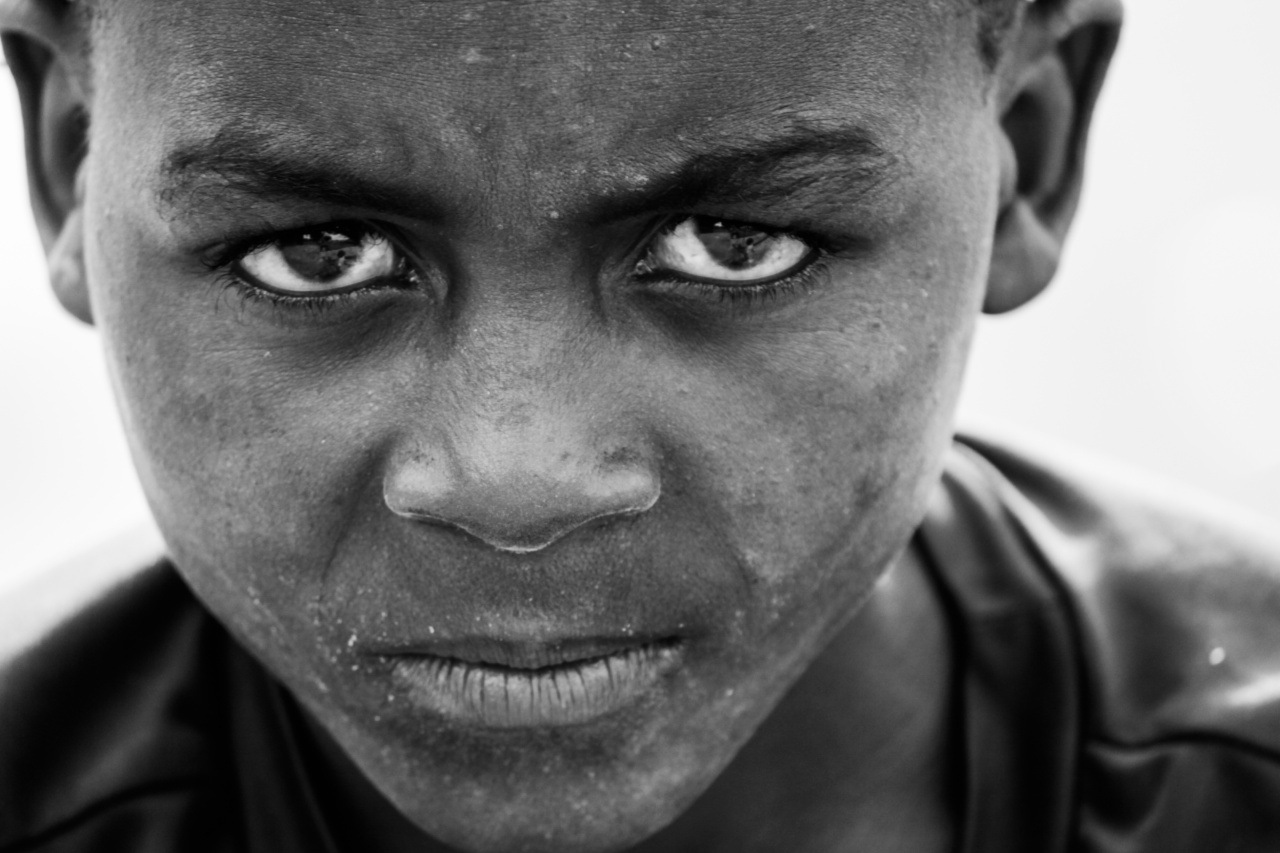Dyslexia is a learning disorder that affects a person’s ability to read, write, and spell. It is a neurological condition that is often hereditary, meaning it can be passed down through families.
Dyslexia can affect children of all ages and is not related to intelligence or IQ level. In this article, we will discuss how to identify dyslexia in children and what signs to look out for.
Understanding dyslexia
Dyslexia is a specific learning disability that primarily affects the development of reading skills. Children with dyslexia may have difficulty decoding words, recognizing patterns in spelling, and understanding the meaning of written texts.
It is important to note that dyslexia is a lifelong condition, but with early identification and appropriate interventions, children with dyslexia can still succeed academically and lead fulfilling lives.
Early warning signs
Identifying dyslexia in children can be challenging, especially in the early stages. However, there are certain warning signs that parents and educators can look out for.
It is essential to remember that these indicators do not necessarily mean a child has dyslexia but are potential red flags that warrant further investigation.
Delayed language development
One of the common signs of dyslexia is delayed language development. Children with dyslexia may have trouble learning and using spoken language.
They may start speaking later than other children, have difficulty pronouncing words, or struggle to find the right words to express themselves. Persistent struggles with language skills could indicate an underlying learning disorder like dyslexia.
Reading difficulties
Dyslexia primarily affects reading skills, so it is important to pay attention to any reading difficulties a child may be experiencing. These difficulties may include:.
- Slow reading speed
- Poor decoding abilities
- Mixing up or skipping words
- Difficulty recognizing familiar words
- Challenges with comprehension
Writing and spelling challenges
In addition to reading difficulties, dyslexia can also manifest in writing and spelling challenges.
Children with dyslexia may struggle with spelling words correctly, have problems organizing their thoughts on paper, and make frequent spelling mistakes even with familiar words. These difficulties may be more noticeable when compared to their peers.
Difficulty with sequencing and organization
Dyslexia can also affect a child’s ability to understand and remember sequences. They may have trouble following multi-step instructions, struggle with time management, and find it challenging to remember the order of events.
Organization skills may be lacking, leading to issues with homework completion and keeping track of belongings.
Poor phonological awareness
Phonological awareness refers to the ability to recognize and manipulate the sounds in spoken language. Children with dyslexia often have poor phonological awareness, which can impact their reading and spelling skills.
They may have difficulty identifying and manipulating sounds within words, such as blending sounds together or breaking them apart.
Attention and concentration difficulties
Children with dyslexia may also exhibit attention and concentration difficulties. They may struggle to stay focused on tasks that involve reading or writing, easily get distracted, and have a shorter attention span compared to their peers.
These difficulties can further impede their academic progress and affect their overall learning experience.
Social and emotional impact
Dyslexia can have a significant impact on a child’s social and emotional well-being. Children with dyslexia may experience frustration, low self-esteem, and anxiety due to their difficulties with reading, writing, and spelling.
They may start avoiding tasks that involve these skills, leading to academic struggles and potential behavioral issues.
Diagnosing dyslexia
If you suspect that your child may have dyslexia based on the signs mentioned above, it is crucial to seek professional assessment and diagnosis.
A comprehensive evaluation conducted by a qualified professional, such as a psychologist or educational specialist, can help determine whether your child has dyslexia and provide recommendations for appropriate interventions.
Interventions and support strategies
Once a child has been diagnosed with dyslexia, various interventions and support strategies can help them overcome their challenges and reach their full potential. These interventions may include:.
- Specialized reading programs
- Individualized instruction
- Assistive technology
- Multisensory teaching approaches
- Speech and language therapy
- Accommodations in the classroom
Creating a supportive environment
Supporting a child with dyslexia involves creating a supportive environment both at home and in the classroom. Some strategies to consider include:.
- Providing positive reinforcement and encouragement
- Breaking tasks into smaller, manageable chunks
- Utilizing multisensory teaching methods
- Using visual aids and manipulatives
- Establishing structured routines
- Encouraging self-advocacy skills
Conclusion
Identifying dyslexia in children requires awareness of the potential warning signs and prompt intervention.
By recognizing and addressing dyslexia early on, children can receive the necessary support and interventions to thrive academically and emotionally. Remember, dyslexia does not limit a child’s potential, and with the right resources and strategies, they can succeed in their educational journey.































